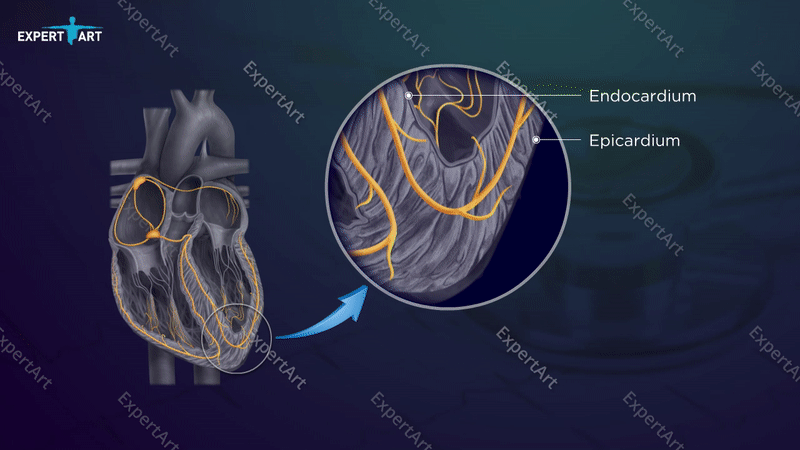During depolarization, the cell undergoes a change in electric charge distribution. The membrane potential of the cell changes rapidly from negative to positive. Positively charged Na+ ions travel to the inside of the cell, where they add a positive charge. This eventually changes the membrane potential from negative to positive. This completes the depolarization of the cell, which means that the cell itself is positively charged while the surroundings of the cell are negatively charged. After depolarization follows repolarization, which is the process of restoring the difference in charge between the inside and outside of the cell. In this stage, positively charged potassium ions (K+) are transported out of the cell. This decreases the positive potential inside the cell and makes it return to its resting potential again. Additionally, it positively charges the surroundings of the cell again.

